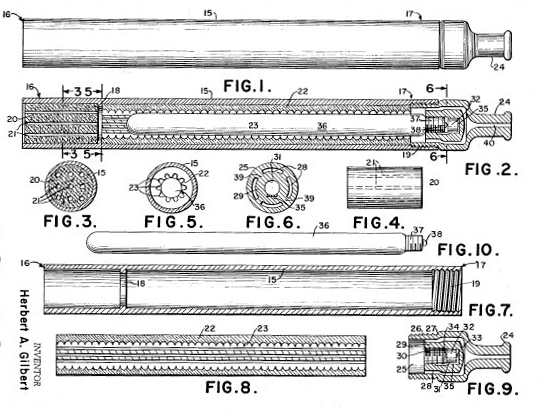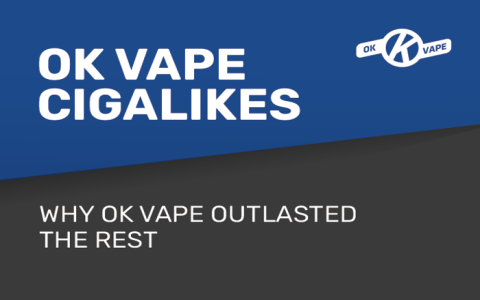The 1980s: Precursors to Modern Vaping
While often referenced in searches for “1980s electronic cigarettes,” devices resembling today’s popular e-cigarettes did not commercially exist or succeed during that decade. Several rudimentary prototypes and conceptual attempts were made, foreshadowing later technology but lacking key features and commercial viability.
Key Claims and Attempts:

- Herbert A. Gilbert’s Patent (1963): Often mistakenly placed in the 80s, Gilbert patented a “smokeless non-tobacco cigarette” in 1963. His device aimed to replace burning tobacco with heated, flavored air. Crucially, it did not contain nicotine and never entered commercial production. His concept remained an unrealized patent during the 60s and 70s, not the 80s.
- Phil Ray & Normal Jacobson’s Attempt (1979-1980s): Computer industry pioneer Phil Ray and physician Norman Jacobson experimented heavily around 1979-1980 with a concept they called “Favor.” This involved an evaporative attempt to deliver nicotine without combustion or smoke. While they are credited with popularizing the term “vaping” (from “vapor”), the Favor device was not electronic. It typically involved placing a nicotine-soaked porous material near a heating element in a cigarette-like tube, relying on exhalation rather than a powered aerosol generator – essentially a crude inhaler. Despite efforts and some small-scale distribution trials associated with Jacobson’s pulmonary practice, it failed to gain regulatory approval, achieve consistency, and attract significant market interest. It faded by the mid-1980s.
- Epuffer (1987 Prototype): A device called “Epuffer” was reportedly prototyped around 1987. Very little verifiable documentation exists about its design or functionality, but it is frequently mentioned as an 80s attempt. Like the others, it never achieved commercial success or widespread recognition. Its existence underscores the repeated, yet technologically limited, attempts preceding modern devices.
Why Weren’t They Successful?
- Technical Limitations: Battery technology (size, power, longevity), heating element control, and efficient aerosolization methods were insufficient.
- Lack of Effective Nicotine Delivery: Devices like Favor struggled to deliver nicotine effectively or consistently compared to cigarettes.
- No Perception of Need: Smoking bans were rare, societal pressure was lower, and the concept of “vaping” was unknown to consumers.
- Regulatory Hurdles & Funding: Navigating regulatory pathways (like FDA) was difficult, and securing investment for such a novel and unproven concept was challenging.
- Poor User Experience: Rudimentary designs likely offered unsatisfying taste, throat hit, and vapor production.
Conclusion
Despite patents and prototypes existing as early as the 1960s (Gilbert) and experimental attempts like Phil Ray’s Favor and the Epuffer prototype during the 1980s, no functional, commercially successful electronic cigarette emerged in the 1980s. These early efforts were fundamentally limited by technology and failed to capture market interest or provide a viable alternative to smoking. The modern e-cigarette, as known today, originated with Hon Lik’s invention and patent in 2003, leveraging advancements in battery, microprocessing, and atomization technology that simply weren’t available or mature enough in the 1980s.









